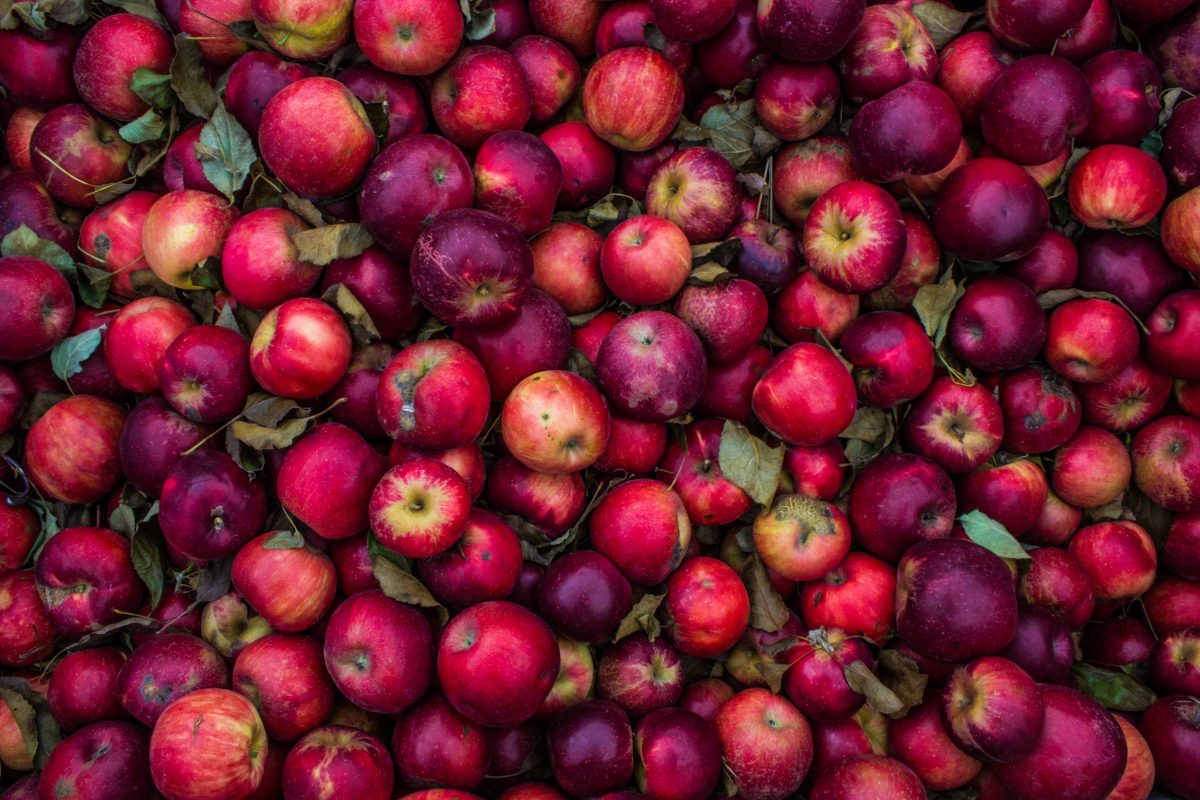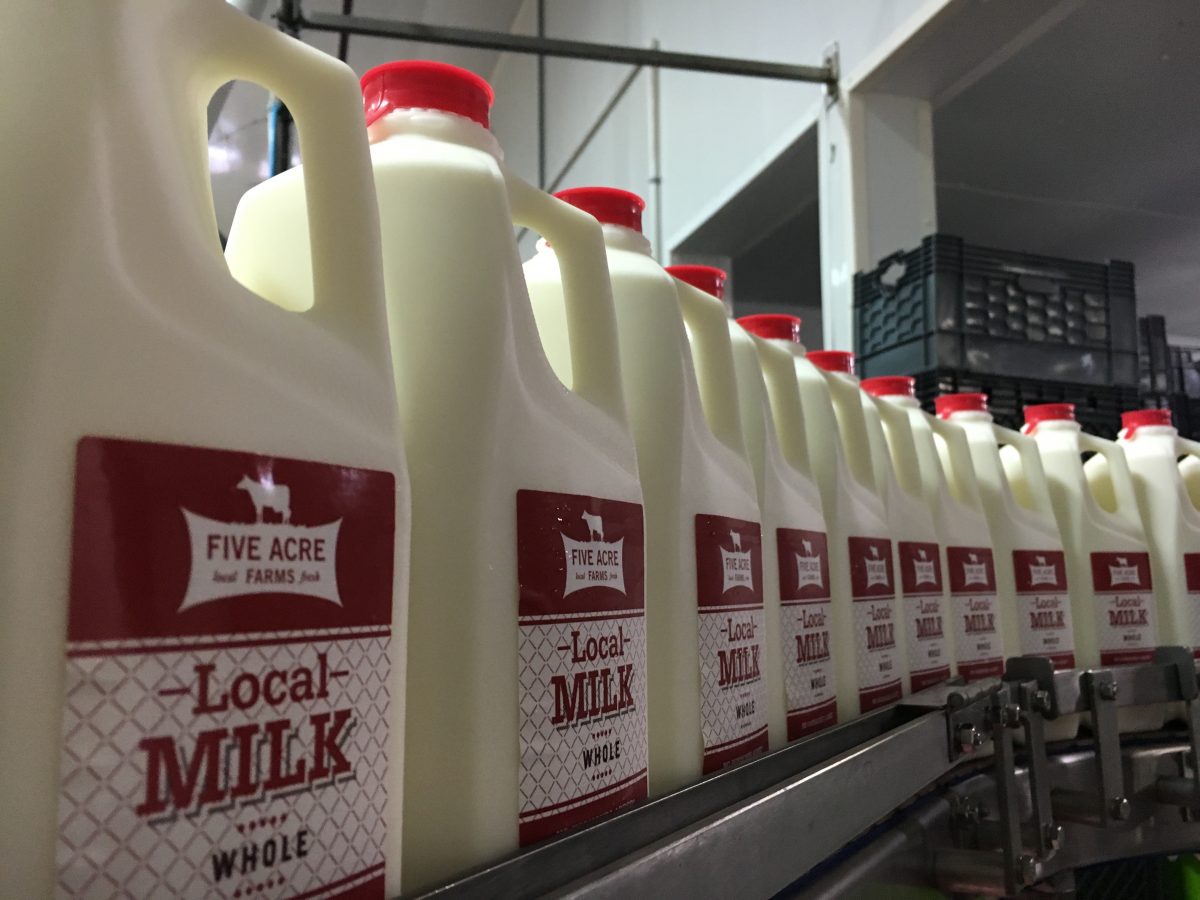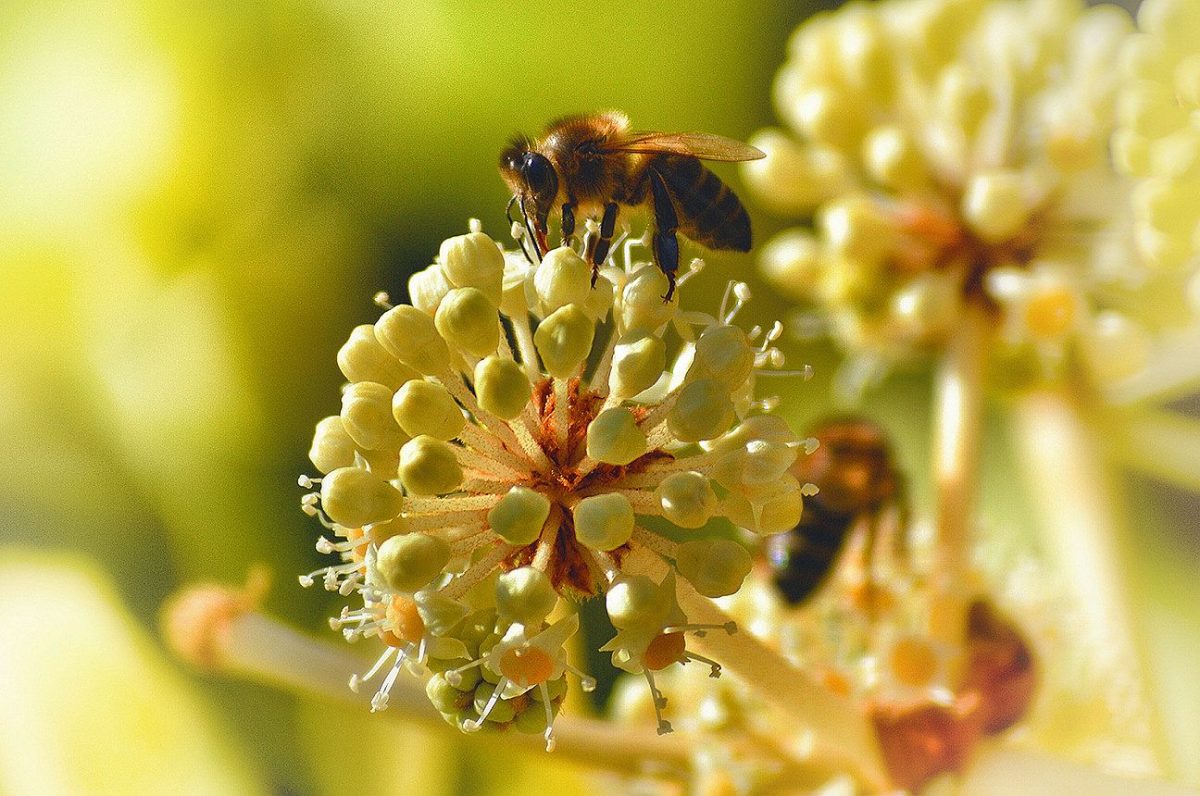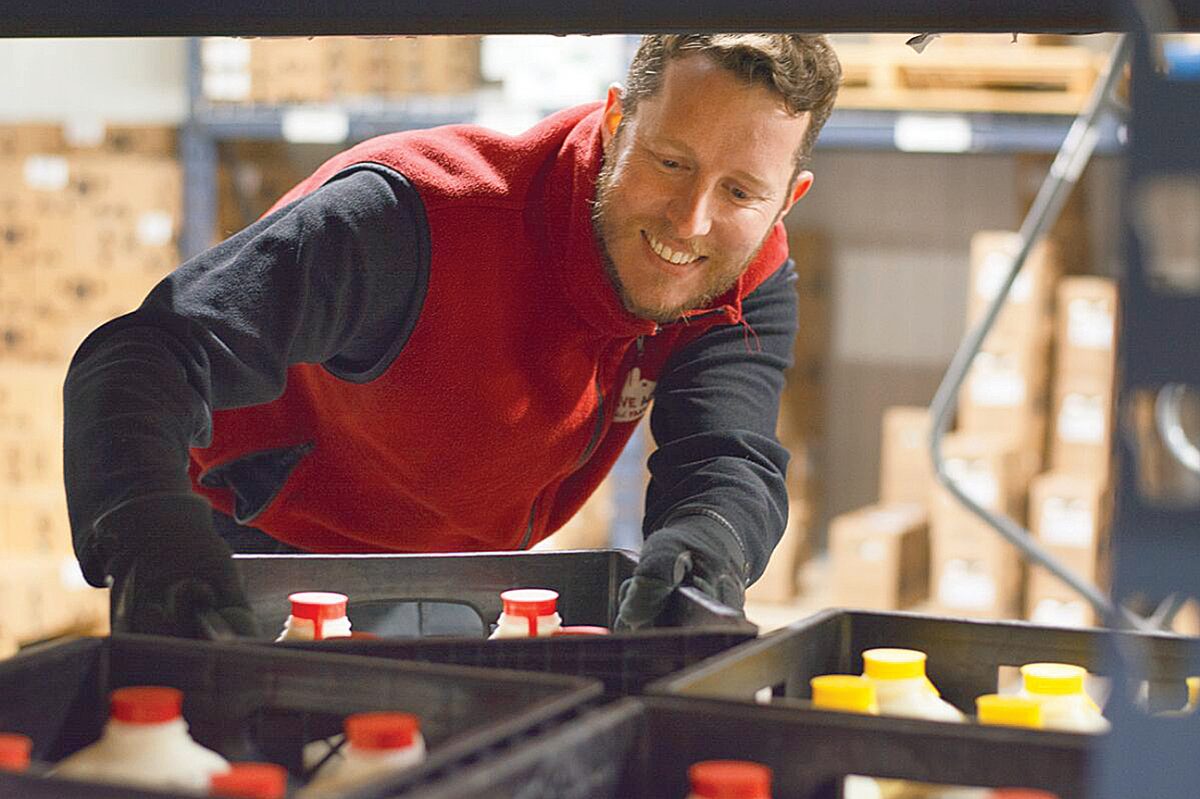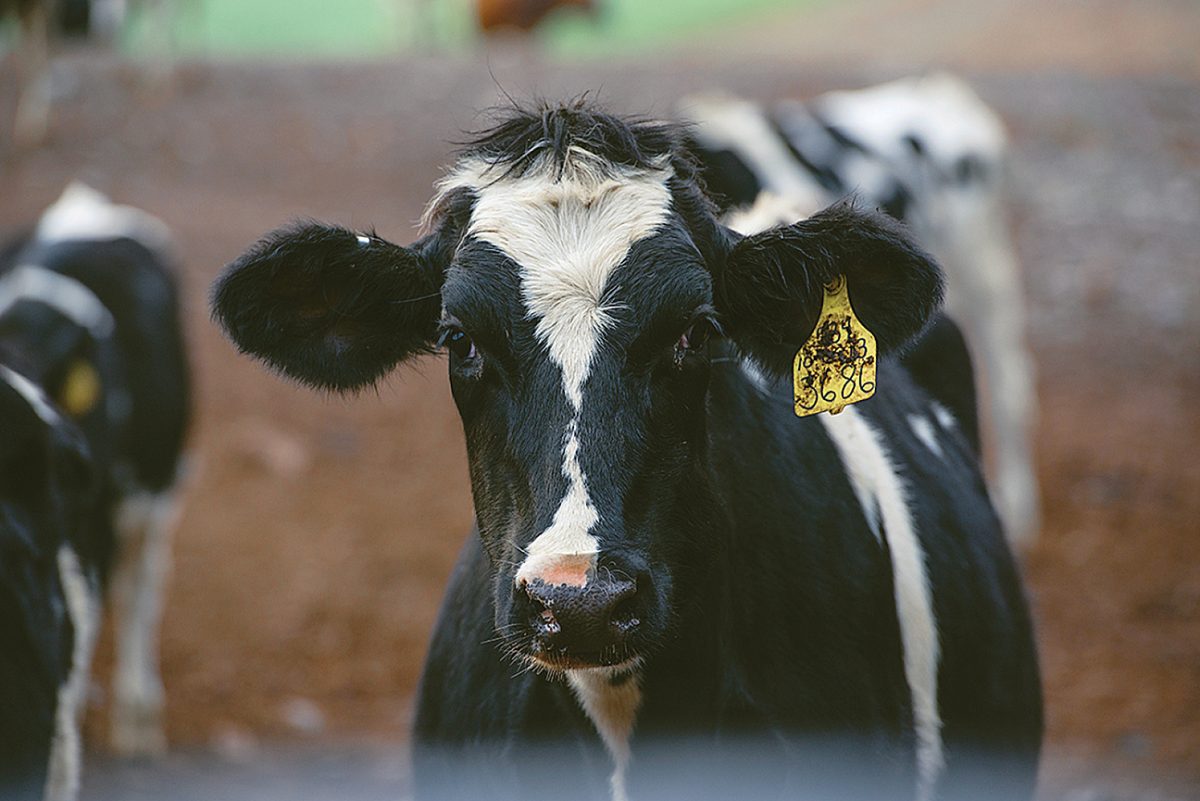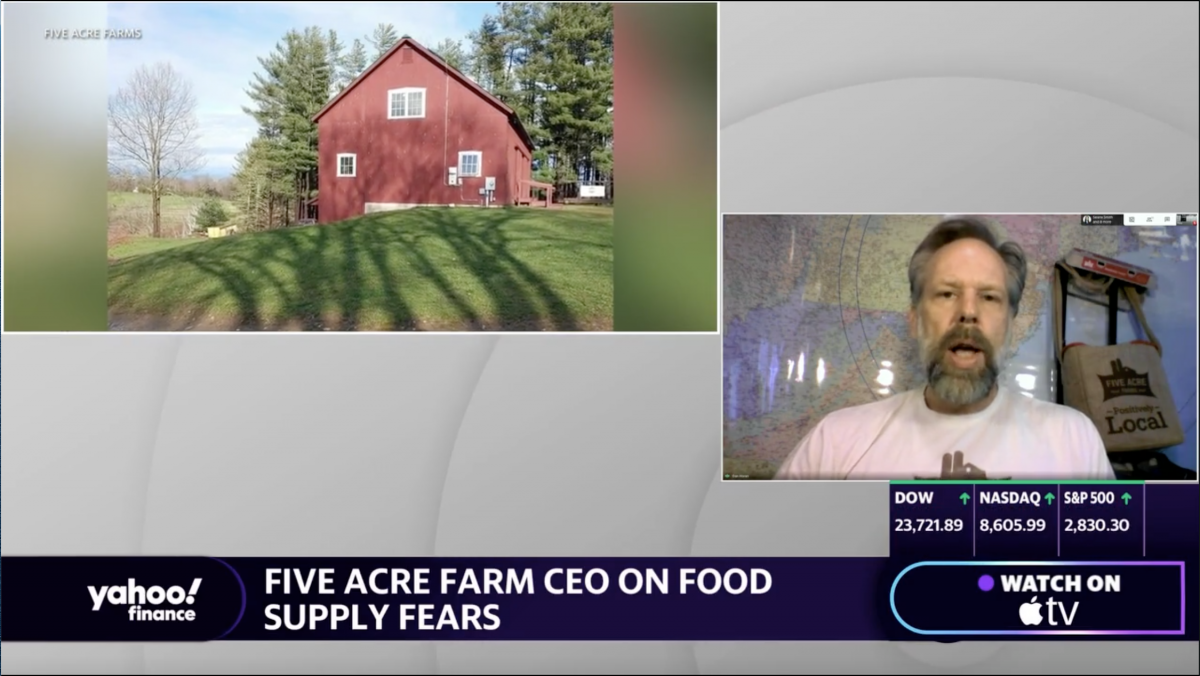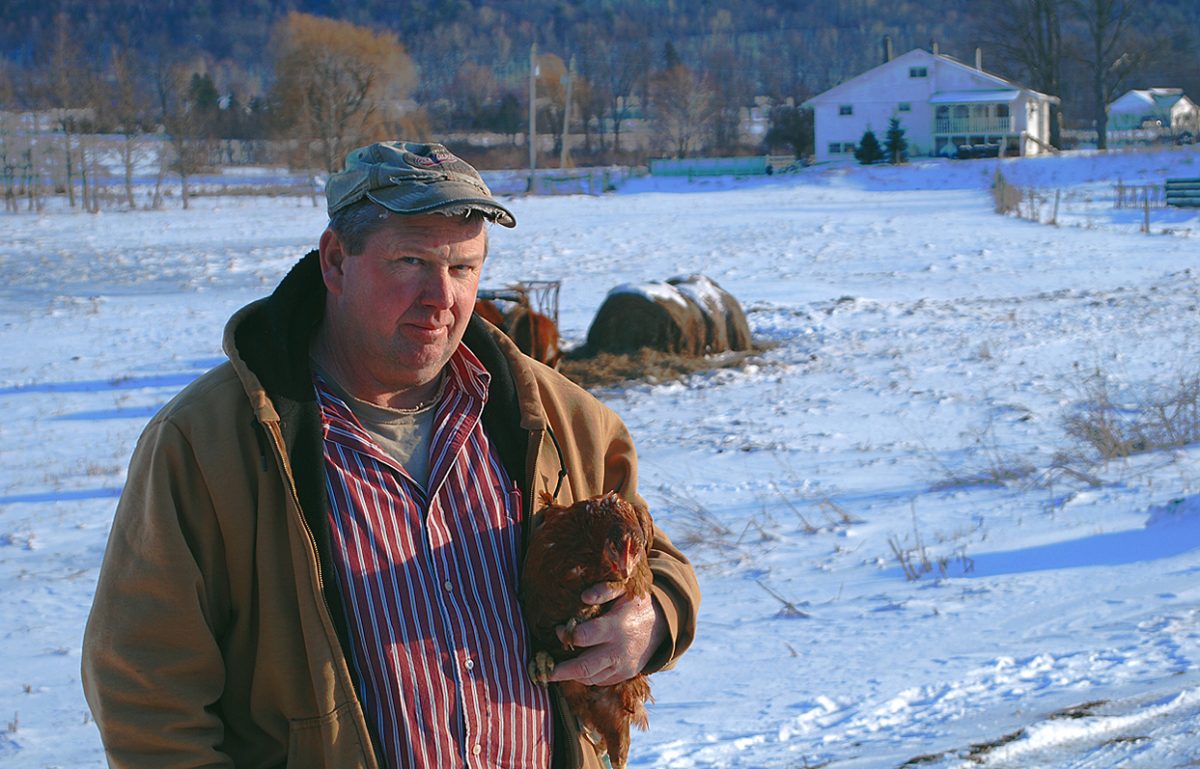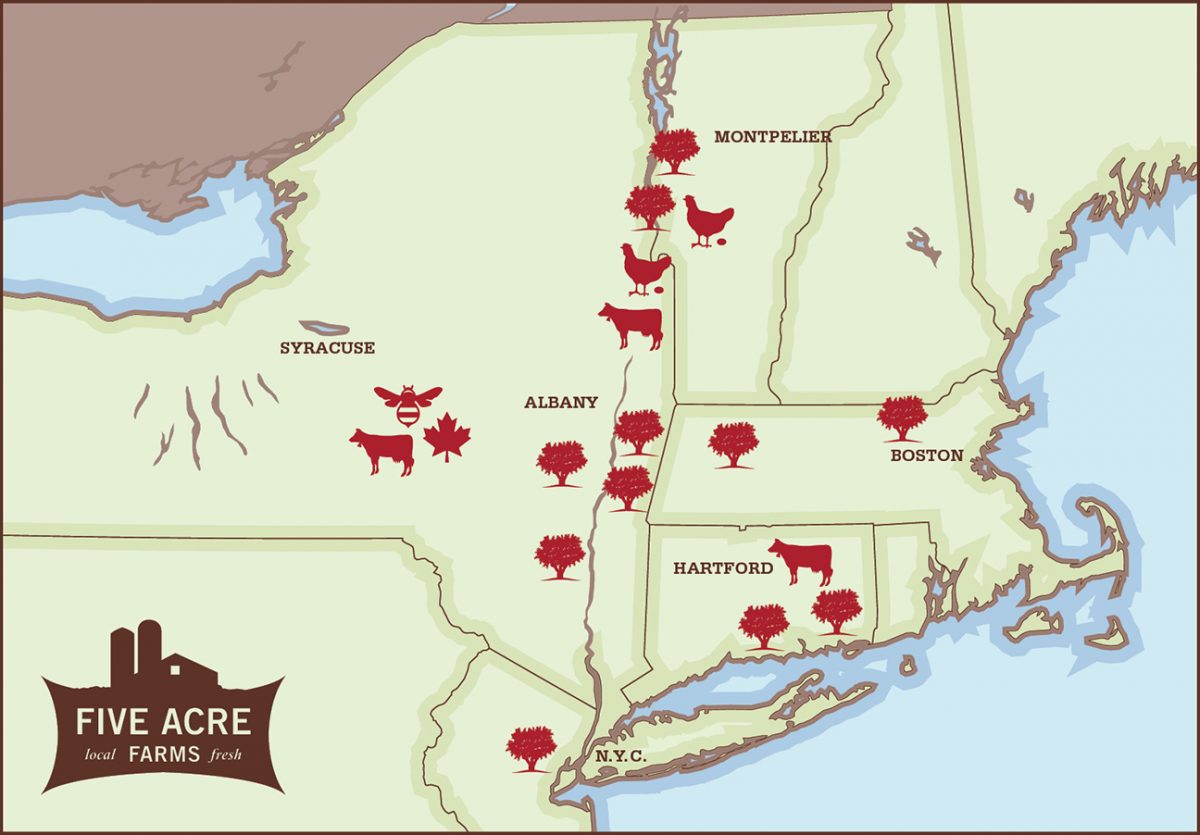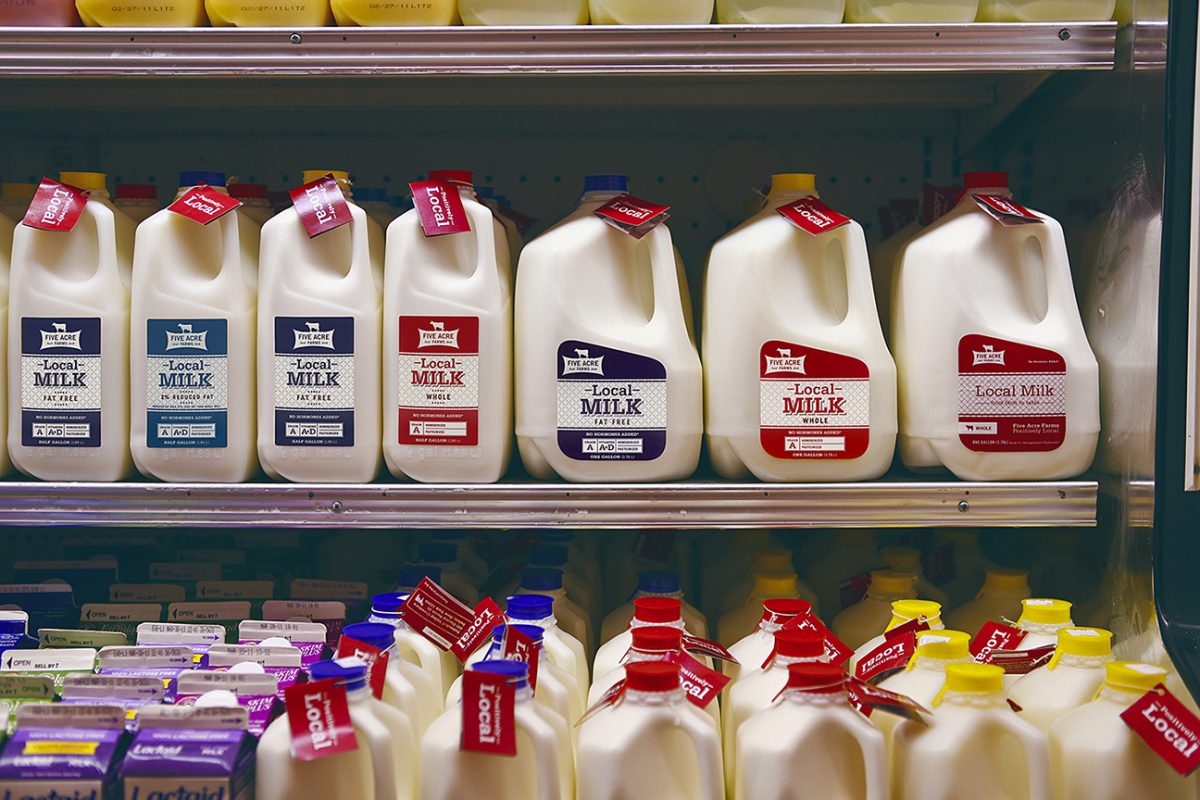At this point, most Americans have noticed that there is something going on with eggs. Prices have soared and shelves are bare. Many are still blaming Bidenomics, others blame Bill Gates. Some blame questionable chicken feed. The anti-misinformation website Snopes even took the time to refute a story that anti-theft locks have been put on egg cartons. Things feel topsy-turvy with eggs, but what’s actually going on?
The real story is that it’s been another challenging stretch for birds in the United States. The Avian Flu continues to spread throughout the country. It has now raced out of California and is heading east. Most notably, Iowa, Indiana, and Ohio have confirmed cases and euthanized laying hens. Counties throughout Pennsylvania are reporting flu in the wild populations and farmers are doubling down on biosecurity measures.
Some basics:
The typical laying hen population in the United States is usually between 300 and 340 million birds. 340 is pretty high and 300 is pretty low. Before this wave of flu hit the chicken populations, there were 305 million birds, so the bird populations were very low before this started. Since October, 30 million birds have been euthanized, putting today’s egg-laying population at about 275 million: super low.
Within the US, eggs can then be divided into two: conventional and specialty (considered higher quality). Conventional eggs are from birds kept in small cages and specialty are chickens raised by organic standards, cage-free, and free range. Conventional eggs are almost always less expensive and are usually white. A further divide is between the East Coast and West Coast. The coasts normally have a small price differential of .50 cents to a dollar, with the West Coast almost always higher by that amount.
As supplies have dropped and demand has stayed consistent – people still want eggs – prices have spiked. Fear of further spread of the flu, and thus more farms culling sick birds, has sent prices even higher. This part is Economics 101: as supply goes down, price usually goes up.
However, the market has turned upside down: because of the culling from bird flu (particularly hitting the conventional market), the egg market has inverted. Regular white eggs have soared in price and become more expensive than specialty eggs. What happened?
Cafes, diners, restaurants and hotels – places that have a lot of menu items that call for eggs – make up the largest segment of the conventional egg market. With Avian Flu hitting conventional farms in California particularly hard, typical conventional buyers have now started buying specialty eggs to make up for short fall. Bigger demand for specialty eggs has then driven those prices up as well. Because this is a supply problem at its core, prices have continued to spiral up. Typical wholesale prices might be $1.30 to $2.25 per dozen. Today, East Coast eggs are selling for $6.50 and West coast prices over $8.80. So not only are prices sky high, but the spread between the two coasts has widened abnormally.
Here is a basic description of how the egg supply chain works. Within the farm community that raises laying hens, you have three types of farms generally speaking: 1) the incubators and hatcheries. These farms produce chicks and then sell the chicks to …, 2) the farms that raise chicks until they start laying eggs consistently – somewhere between 13 and 17 weeks. Finally, the egg farms (birds 14 weeks and older). These are the farmers that we all get our eggs from. Typically, farms get new birds when the birds get between 55 and 75 weeks old, depending on their operation and then start the cycle anew. Thus, If it takes a chick 16 weeks to become ready for laying, the minimum order time for new layers coming on line would be four months from the hatchery.
And all three markets need to be in sync. Not always so easy when a pandemic makes protecting these birds a bigger challenge.
So what’s the takeaway here?
The egg problem we see now across the US is at its root, a supply problem and the infrastructure that raises eggs is trying to respond. But unless you predicted this was coming and ordered more birds ahead of time and have managed to keep your flocks safe, this problem may last for a few more months.
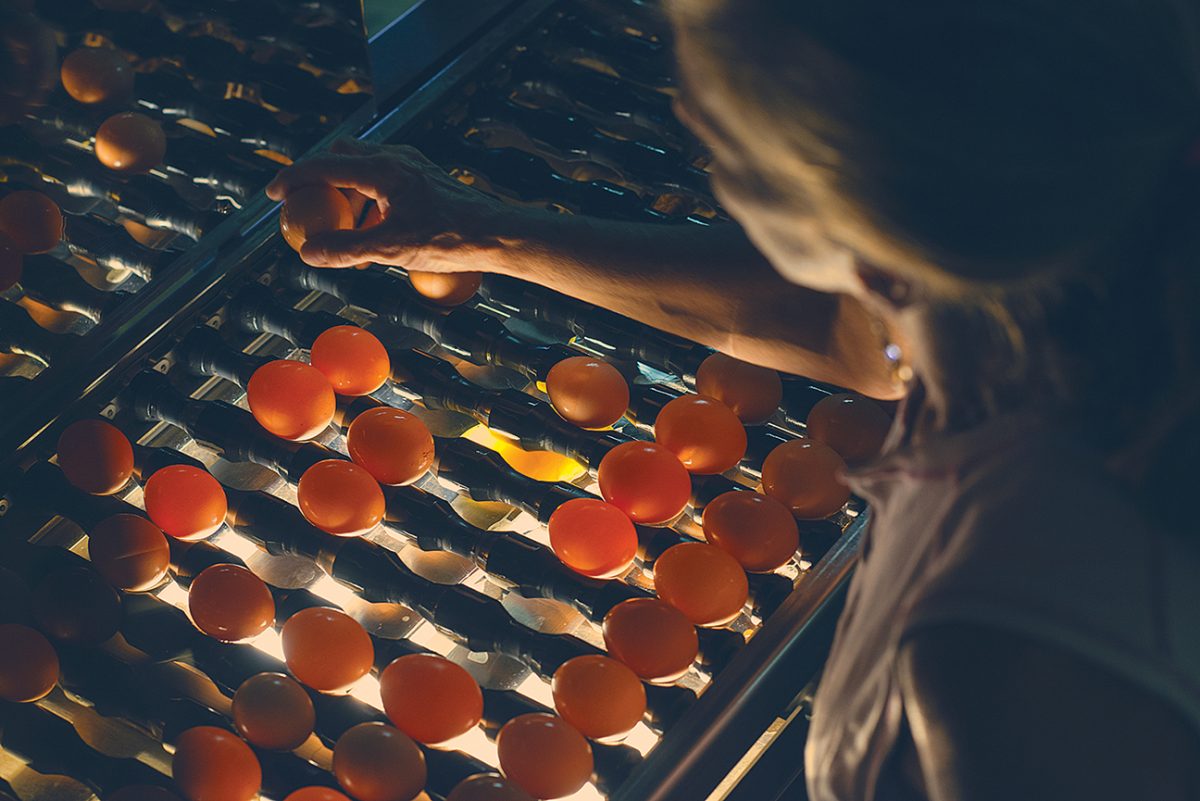
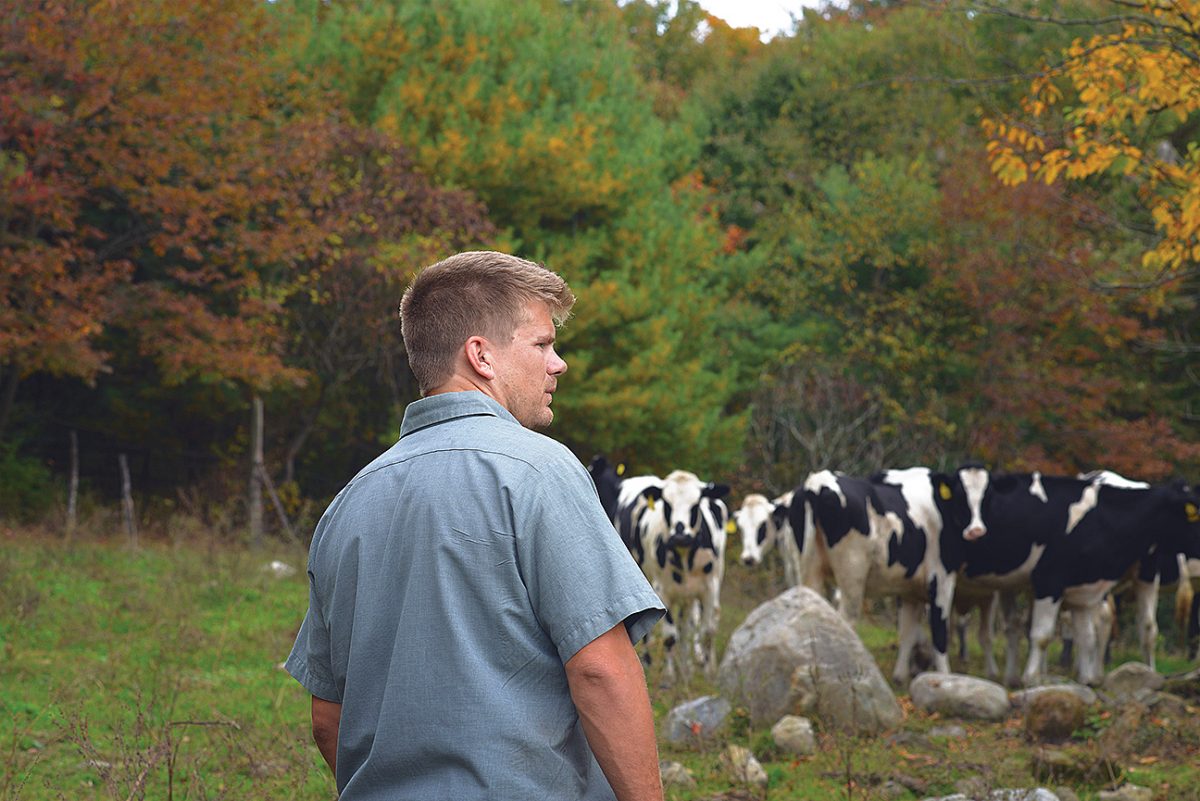

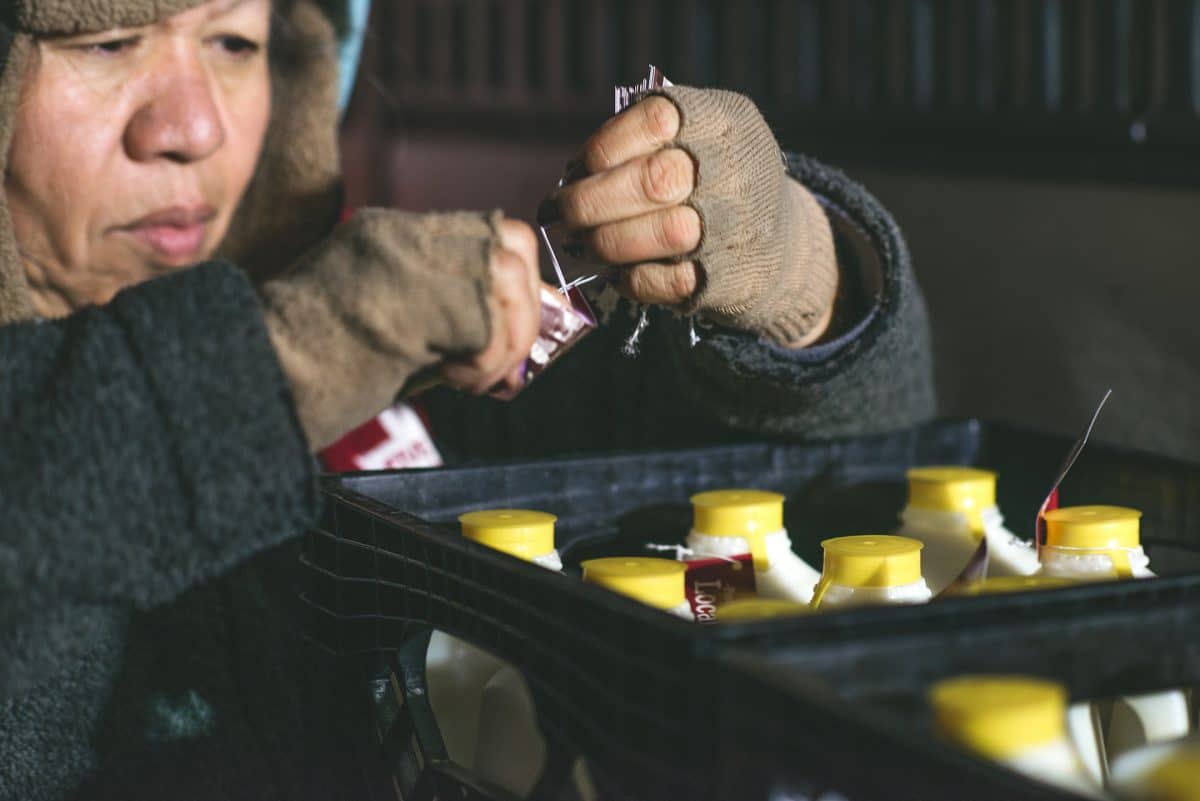
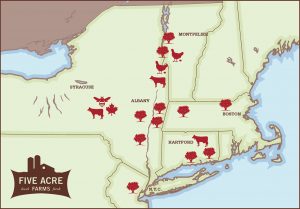
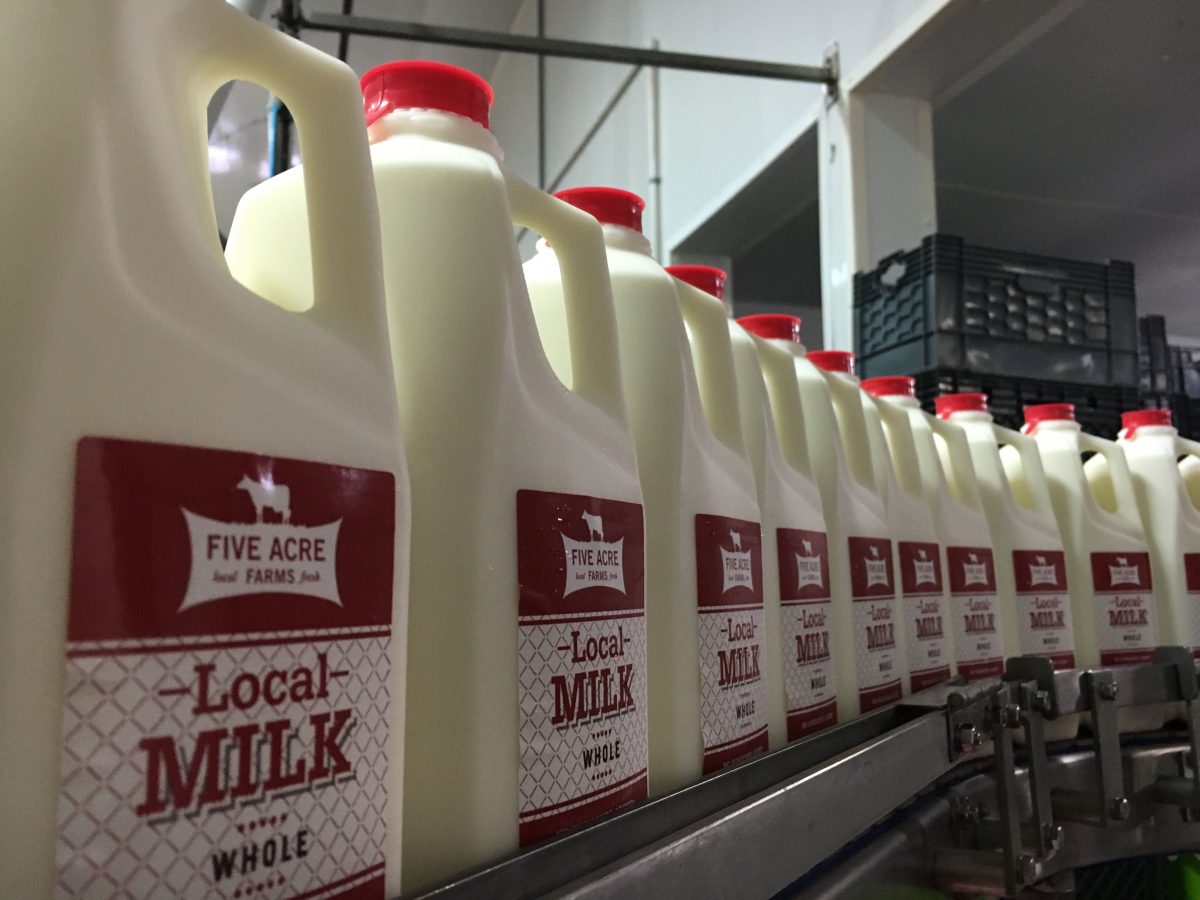
 I hope everyone is staying safe.
I hope everyone is staying safe.